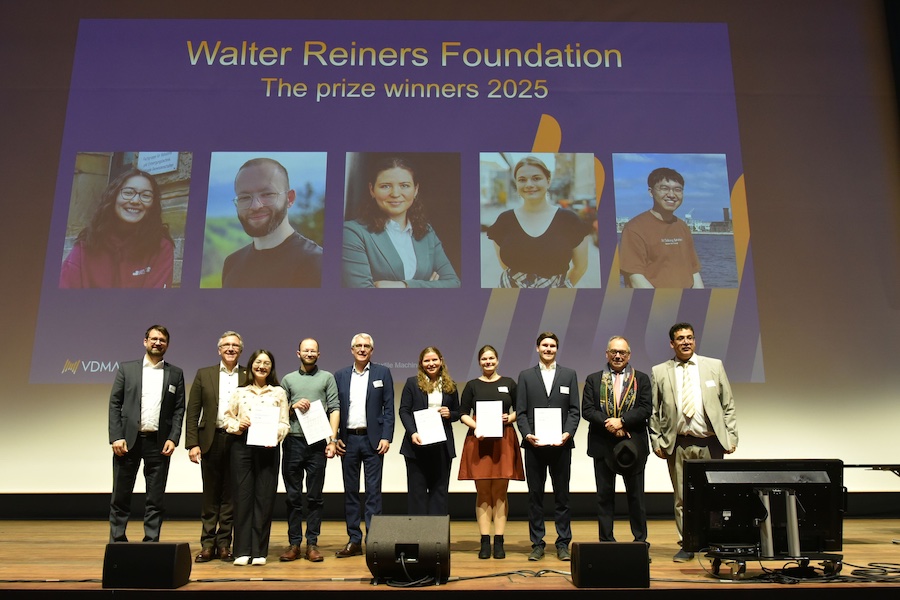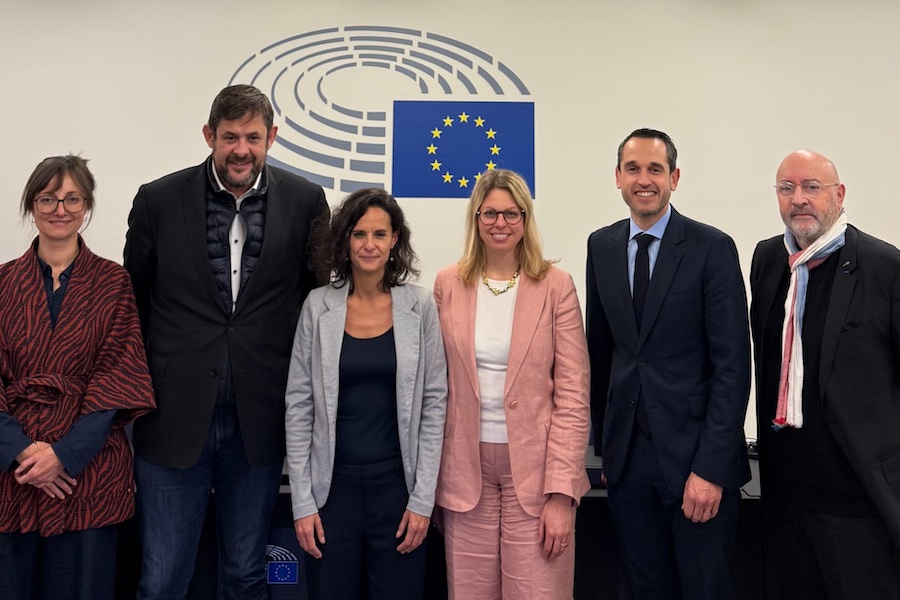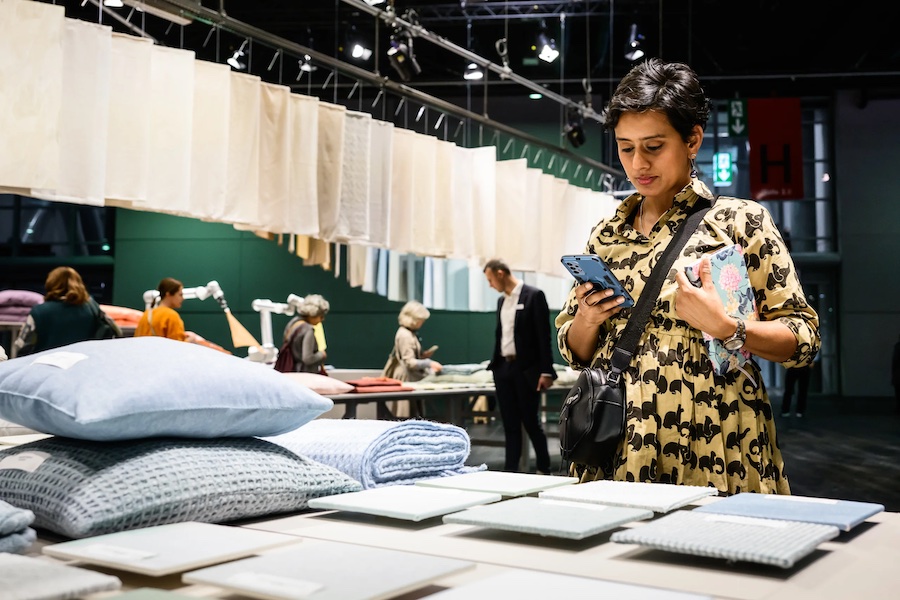#Associations
Worldwide shipments of new textile machinery decreased in 2019
These are the main results of the 42th annual International Textile Machinery Shipment Statistics (ITMSS) just released by the International Textile Manufacturers Federation (ITMF). The report covers six segments of textile machinery, namely spinning, draw-texturing, weaving, large circular knitting, flat knitting and finishing. A summary of the findings for each category is presented below. The 2019 survey has been compiled in cooperation with more than 200 textile machinery manufacturers representing a comprehensive measure of world production.
Spinning Machinery
The total number of shipped short-staple spindles decreased by about 1.7 million units in 2019 to a level of 6.96 million. Most of the new short-staple spindles (92%) were shipped to Asia & Oceania, where delivery decreased by -20%. While levels stayed relatively small, Africa and South America saw shipments increasing by +150% and +120%, respectively. The six largest investors in the short-staple segment were China, India, Uzbekistan, Vietnam, Pakistan, and Bangladesh.
563’600 open-end rotors were shipped worldwide in 2019. This represents a 147’500-units drop compared to 2018. 90% of global shipments went to Asia & Oceania where deliveries decreased by -21% to 517’000 rotors. Indonesia and Pakistan, the world’s 5thand 6thlargest investors in open-end rotors, increased their investments by +120% and 15%, respectively. China, Vietnam, India, and Uzbekistan, the world’s 1stto 4thlargest investors in 2019 decreased investment by -48% on average.
Global shipments of long-staple (wool) spindles decreased from 120’000 in 2018 to nearly 40’000 in 2019 (-66%). This effect was mainly driven by a fall in deliveries to Europe (-72%) and South America (-80%). 80% of total deliveries where shipped to China and India.
Texturing Machinery
Global shipments of single heater draw-texturing spindles (mainly used for polyamide filaments) increased by +12% from nearly 22’800 in 2018 to 25'500 in 2019. With a share of 88%, Asia & Oceania was the strongest destination for single heater draw-texturing spindles. China and Chinese Taipei were the main investors in this segment with a share of 64% and 12% of global deliveries, respectively.
In the category of double heater draw-texturing spindles (mainly used for polyester filaments) global shipments decreased by -5% to a level of 464’000 spindles. Asia’s share of worldwide shipments decreased to 90%. Thereby, China remained the largest investor accounting for 77% of global shipments.
Weaving Machinery
In 2019, worldwide shipments of shuttle-less looms decreased by -0.6% to 133’250 units. Thereby, shipments in the categories of “air-jet” and “rapier and projectile” fell by -7.7% to 30’200 and -22% to 25’000, respectively. The deliveries of water-jet looms increased by +12% to 78’000. The main destination for shuttle-less looms in 2019 was Asia & Oceania with 95% of all worldwide deliveries. 98%, 93%, 86% of all water-jet, air-jet, and rapier/projectile looms went to that region. The main investors were China and India in all three sub-categories. Deliveries of weaving machines to these two countries reached 89% of total deliveries. Bangladesh further played an important role in the rapier/projectile segment with 20% of global shipments.
Circular & Flat Knitting Machinery
Global shipments of large circular knitting machines fell by -1.2% to 26’400 units in 2019. The region Asia & Oceania was the world’s leading investor in this category with 86% of worldwide shipments. With 61% of all deliveries (i.e. 13’143 units), China was the favoured destination. India and Vietnam ranked second and third with 2’670 and 2’210 units, respectively.
In 2019,the segment of electronic flat knitting machines decreased by -40% to around 96’000 machines. Asia & Oceania was the main destination for these machines with a share of 92% of world shipments. China remained the world’s largest investor with an 80%-share despite a -44%-decrease in investments from 122'550 units to 68'760 units.
Finishing Machinery
In the “fabrics continuous” segment, shipments of stenters and washing (stand-alone) grew by +34% and +0.6%. The growth in stenter deliveries is mainly explainedby the addition of ITMF’s estimate for the number of stenters. The total number of shipped stenters of 1’700 units thus represents an estimate of the total market for this category.
In the “fabrics discontinuous” segment, the number of jigger dyeing / beam dyeing shipped rose by +35% to 561 units. Deliveries in all other machine categories in both finishing sub-segments (i.e. continuous and discontinuous) decreased in 2019.












